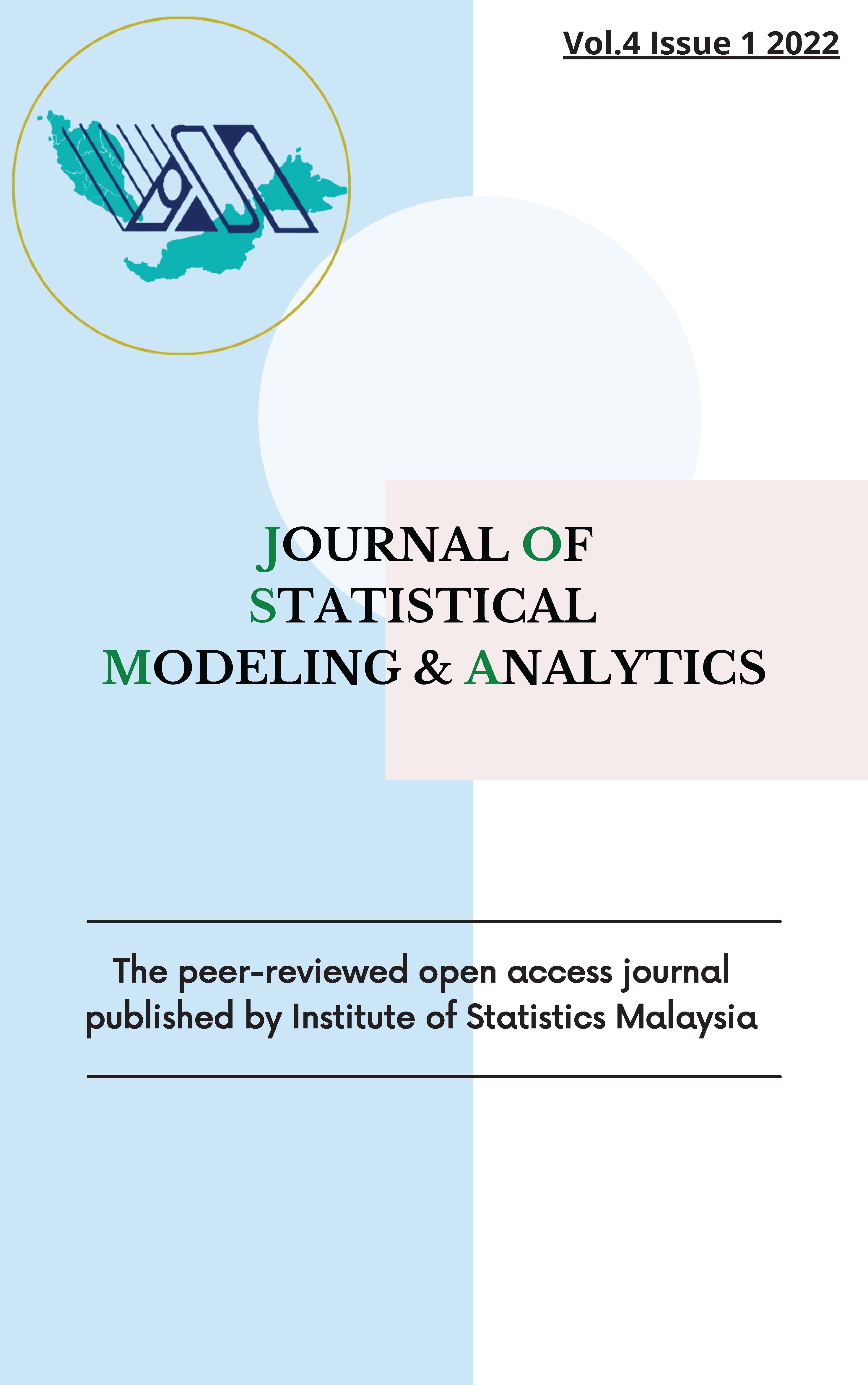A GARCH Study on Exchange Rate Determinants: A Case of Malaysia
DOI:
https://doi.org/10.22452/josma.vol4no1.6Keywords:
Error Correction Model, GARCH, Malaysia, real effective exchange rate, volatilityAbstract
The study aims to look at macroeconomic variables’ impact on volatility of exchange rate in both short and long run. The relationship between real effective exchange rate volatility and macroeconomic variables such as gross domestic product deflator, total export in percentage of GDP, inflation rate, coefficient of inflation rate and lending interest rate have been analyzed with the help of statistical tool. This research is based on secondary data obtained from World Bank website, International Monetary Fund website and Statistical Department of Malaysia. The study uses a sample of 35 observations, starting from 1980 to 2014 annually. Unit root test is used to determine the stationarity of the variables. The existence of the stationary data will lead to a long run relationship of macroeconomic determinants, while the techniques of co-integration model are used to determine the long run relationship of some macroeconomic variables on the volatility of exchange rate. The error correction model is used to generate a short run model on this study by generating residual or error correction term. The findings revealed that the coefficient of the gross domestic product deflator, total export in percentage of GDP, and inflation rate are significant toward the volatility of real effective exchange rate in the long run. On
the other hand, only the coefficient of inflation rate, and lending interest rate have significant relationship with the real effective exchange rate volatility in the short run.


